Running is more than just putting one foot in front of the other. To become a stronger, faster, and more efficient runner, it’s important to incorporate different types of workouts into your training plan. Two of the most effective workouts are speed work and tempo runs. But what’s the difference between them, and when should you use each? Let’s break it down.
What is Speed Work?
Speed work refers to short, intense bursts of running, usually at a pace much faster than your typical run. These workouts include intervals, sprints, and repetitions, often with rest periods in between. The goal is to improve your maximum speed, running economy, and anaerobic capacity.
Examples of Speed Work:
- 400m repeats at mile pace with full recovery
- 8 x 200m sprints with walking rest
- Hill sprints
Benefits:
- Increases top-end speed
- Improves running form and efficiency
- Builds strength and power
What is a Tempo Run?
A tempo run, also known as a threshold run, is a sustained effort at a “comfortably hard” pace—usually about 80-90% of your maximum effort. This pace is often described as the fastest you can maintain for about an hour. Tempo runs are designed to improve your lactate threshold, which is the point at which fatigue rapidly increases.
Examples of Tempo Runs:
- 20-minute run at threshold pace
- 4 miles at tempo pace within a longer run
- 2 x 15 minutes at tempo pace with short recovery
Benefits:
- Increases endurance
- Raises lactate threshold
- Teaches your body to run faster for longer
When to Use Speed Work
- Early in a training cycle: Build speed and power before focusing on longer efforts.
- Race-specific prep: For shorter races (5K/10K), speed work is crucial.
- Breaking through plateaus: If you feel stuck at a certain pace, speed work can help you break through.
When to Use Tempo Runs
- Mid to late training cycle: As you build toward a goal race, tempo runs help you sustain faster paces.
- Half marathon/marathon prep: Essential for longer distances to improve stamina.
- Improving race pace: Tempo runs help you get comfortable running at your goal pace.
 How to Incorporate Both
How to Incorporate Both
A balanced training plan will include both speed work and tempo runs. For example, you might do speed intervals on Tuesdays and a tempo run on Thursdays, with easy runs and long runs on other days. Always listen to your body and allow for adequate recovery.
Sample Week:
- Monday: Easy run
- Tuesday: Speed work (e.g., 8 x 400m)
- Wednesday: Rest or easy run
- Thursday: Tempo run (e.g., 20 minutes at tempo pace)
- Friday: Easy run
- Saturday: Long run
- Sunday: Rest
Final Thoughts
Both speed work and tempo runs are essential tools for runners aiming to improve performance. By understanding when and how to use each, you’ll be able to train smarter, avoid burnout, and reach your running goals faster. Happy running!

